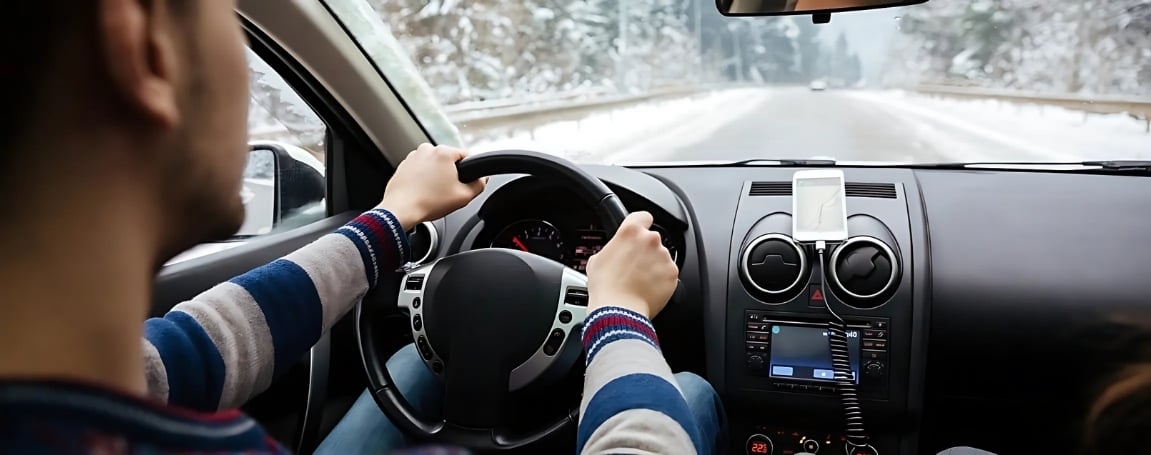How Far Can You Really Go? Understanding EV Range in Saskatchewan Conditions
How Far Can You Really Go? Understanding EV Range in Saskatchewan Conditions
Posted on July 9, 2025
Let’s be honest, when most people in Saskatchewan hear “electric vehicle,” the first thing they wonder is, “Can it even start in -30°C?” It’s a fair question. With bitter winds, deep snow, and temperatures that routinely dip below freezing, life out here puts every vehicle to the test. But if you think EVs are only suited for milder climates, it might be time to rethink what modern electric vehicles can really do.
Cold Truth: EVs Can Handle Winter, But With a Twist

Electric vehicles absolutely can handle Saskatchewan winters. In fact, some drivers have already made the switch and are using EVs daily—even during the worst snowstorms. The key thing to understand isn’t whether EVs can drive in the cold (they can), but how the cold affects range.
Like humans, EV batteries don’t love the cold. A drop in temperature means a drop in efficiency. On average, you might see a 20–30% reduction in range during the chilliest months. So if your EV has a rated range of 400 km in optimal conditions, you might be looking at closer to 280–320 km on a frosty winter morning.
But here's the catch: that’s still more than enough for the average Saskatchewan commute, which is usually under 50 km a day. For most folks running errands or driving between small towns like Kipling, Yorkton, or Weyburn, EV range—even in the cold—is more than practical.
Smart Features to Keep You Warm and Moving

Modern EVs come with some built-in winter-friendly perks. For starters, many models let you preheat the cabin while the vehicle is still plugged in. That means you step into a warm car without draining the battery. Heated seats and steering wheels are also more energy-efficient than blasting hot air, so you can stay cozy without sacrificing too much range. Plus, EVs don’t need to “warm up” like gas-powered cars. Press the button, and you’re ready to roll—no idling, no fumes, no wasted fuel.
Charging in the Cold: What You Should Know
Yes, it takes a little longer to charge when it’s cold outside. But for most EV owners, charging happens overnight at home in a garage or driveway. A Level 2 home charger will have you fully topped up by morning. If you’re on the road, Saskatchewan’s fast-charging network is growing—especially along key routes like Regina to Saskatoon and other high-traffic corridors. More charging stations are popping up in rural and northern communities too, making long-distance winter travel more realistic than ever.
Real Saskatchewan Drivers Are Already Doing It
There are plenty of real-life examples of EV owners thriving in Saskatchewan winters. Some have commuted hundreds of kilometres weekly in frigid weather, others have camped, road-tripped, or even tackled backroads without issue. The common thread? Planning and knowing your vehicle. That’s where our team at McMillan Motor comes in. We help match you with the right EV for your driving habits and walk you through the real-world performance so you’re never caught off guard by winter range.
So, Can You Really Go Far?
Absolutely—especially if you know what to expect. Electric vehicles are more than capable of surviving (and thriving) in Saskatchewan’s cold. The tech has evolved, the infrastructure is improving, and more drivers are realizing that going electric doesn’t mean giving up freedom or reliability. Want to explore your options or see how far you can really go in an EV? Visit us at McMillan Motor in Kipling, SK. We’ll help you find the perfect fit for Saskatchewan driving in winter and all.
